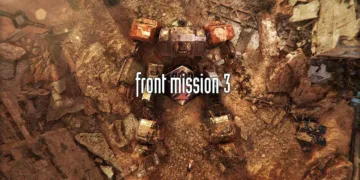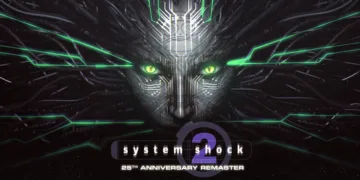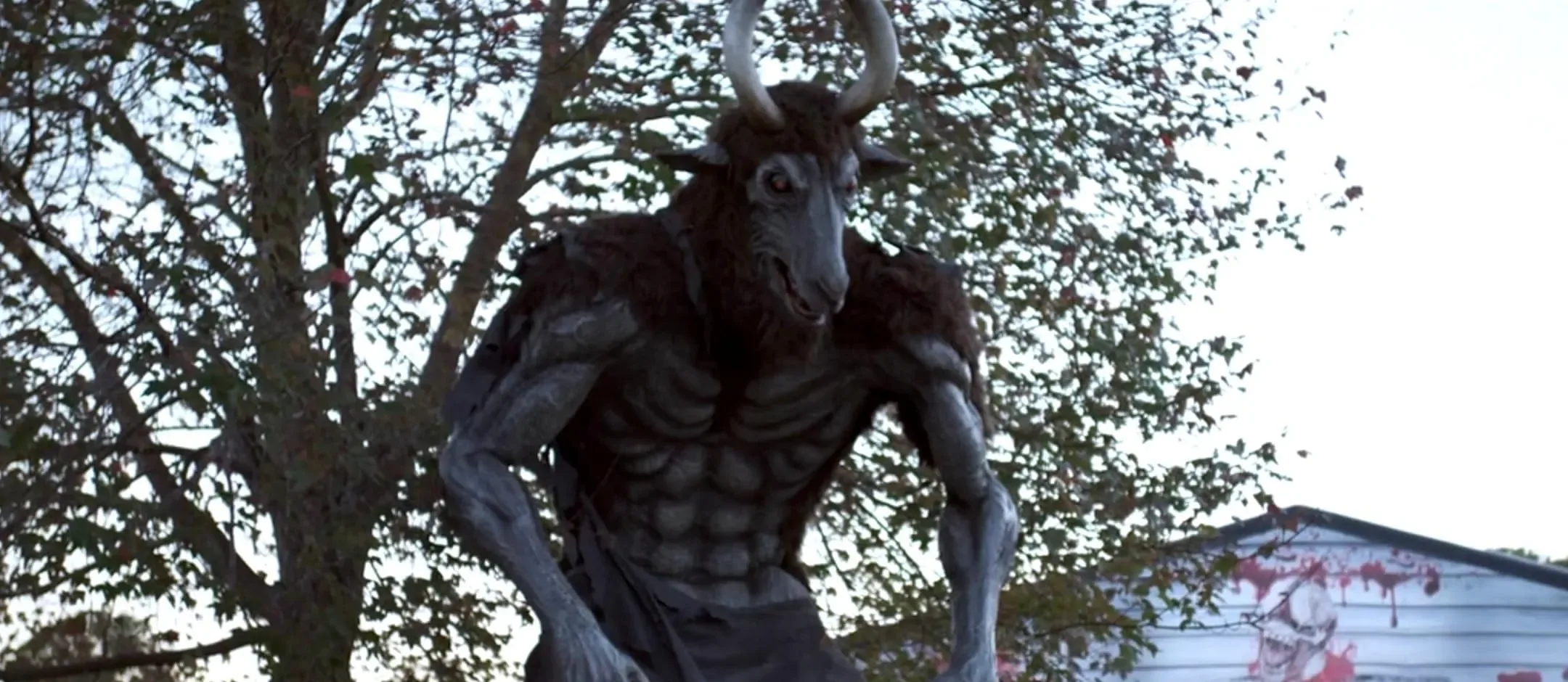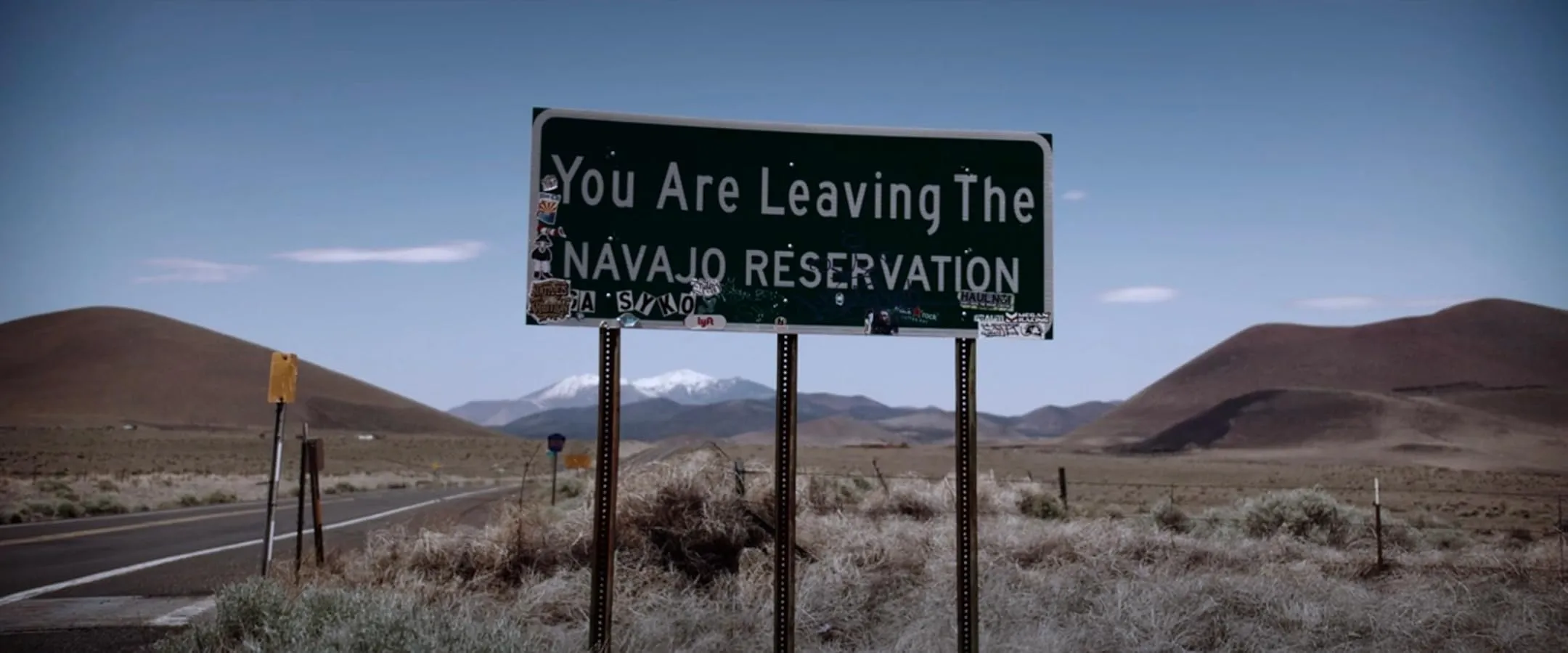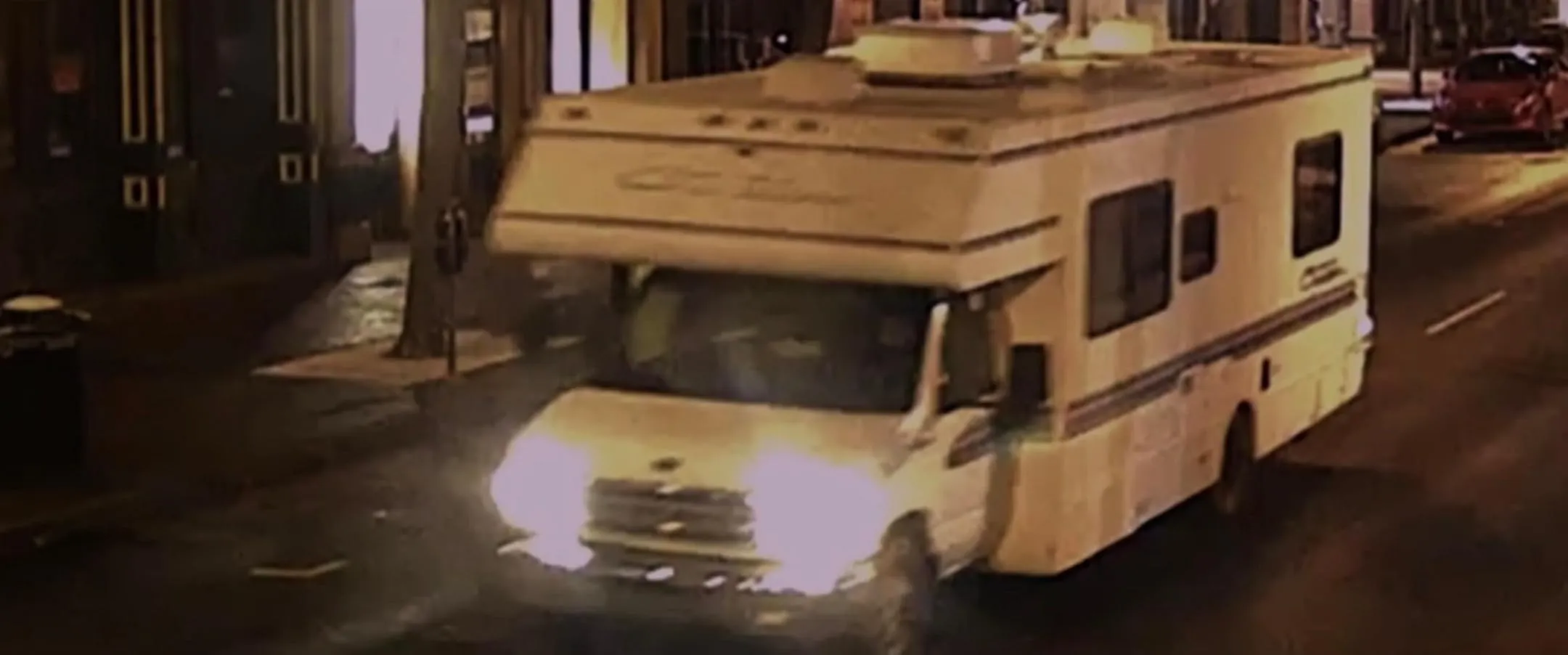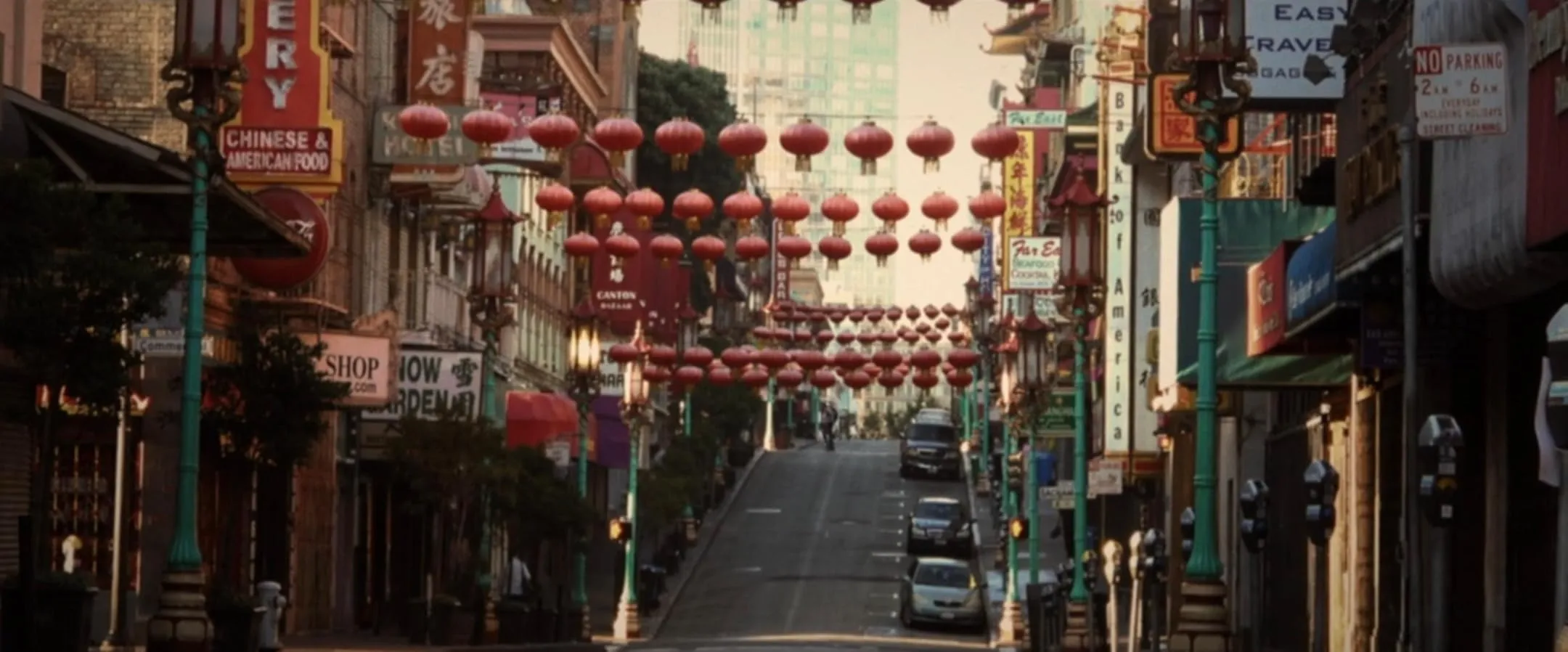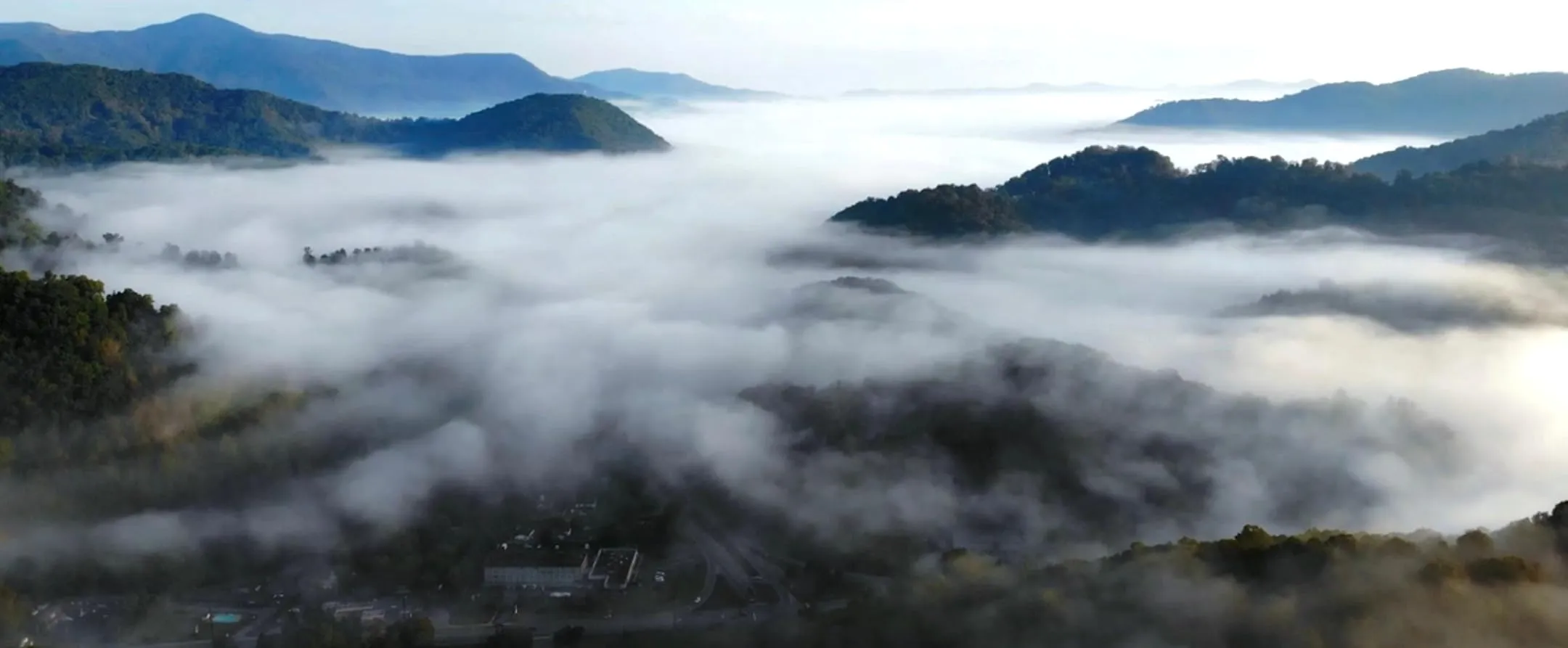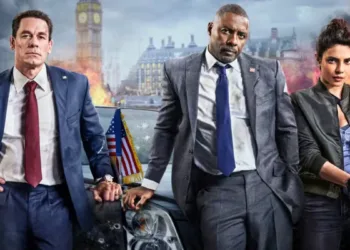In Out There: Crimes of the Paranormal, the Duplass Brothers invite us to a murky borderland where the all-too-real horrors of genuine crime collide with the ethereal allure of the paranormal. The series balances the grounded savagery of human behavior against the ethereal weight of myths, urban tales, and unexplained phenomena.
The show offers a rare hybrid—a genre-spanning inquiry that appeals equally to the forensic-minded skeptic and the seeker of the uncanny—by weaving these various threads into a seamless tapestry. It portrays the unique weight of belief and how it transforms the ordinary into the extraordinary and sometimes even the violent.
The series investigates crimes steeped in conspiracy and mythology throughout eight episodes, including a man captivated by the illusion of “lizard people,” spectral hauntings in San Francisco’s Chinatown, and the hideous phantom of the Louisville boatman. Each case has a dual focus: scary narratives about the paranormal and the all-too-human flaws that push people to act on them.
The Duplass Brothers’ distinctive touch elevates the show beyond mere sensationalism, grounding it in a deeper inquiry that examines not just what happened but why we are so drawn to the shadows, both within and without ourselves.
The Fragile Veil Between Belief and Catastrophe
Out There: Crimes of the Paranormal has a weird symmetry in its storytelling, mirroring the human psyche’s everlasting dance between reason and the irrational. Each episode unfolds like a séance, conjuring not only the ghosts of past crimes but also the haunting force of belief itself—a belief so powerful that it can transform reality into something hideous and incomprehensible.
The show’s genius resides in its inability to lean totally toward skepticism or credulity. Instead, it offers a balanced viewpoint, implying that the truth, which is elusive and slippery, lives somewhere in the liminal zone between the two.
The cases are as diverse as they are disturbing. In the first episode, we are drawn into a man’s fantasies about the “lizard people” conspiracy, which end in an explosion of physical and psychic devastation. The series then delves into spectral hauntings in Chinatown, a UFO crash on suburban Long Island, and the fabled nightmare of the Louisville Goatman. Each story pulls back another layer of the human condition, demonstrating how myths, conspiracies, and the paranormal serve as conduits for our deepest fears and wants.
However, the show goes beyond simply recounting the unusual. It interrogates the mechanics of belief, such as how one man’s fixation with shape-shifting overlords leads to a destructive act, or how a town’s grief presents itself in witch hunts and ghost stories. By juxtaposing the supernatural and the criminal, the series compels us to confront an unpleasant question: is the unknown that drives us insane, or is it the madness within us seeking a narrative to inhabit?
Visions of the Unseen: Crafting the Ethereal Through Sight and Voice
Out There: Crimes of the Paranormal’s visual language exists in a realm where the tangible meets the intangible, bringing the unseen to life with purposeful and disturbing creativity.
The series avoids the garish reenactments commonly associated with paranormal storytelling, instead opting for hand-drawn animations that are stylized, fractured, and hauntingly flowing. These animations do more than just illustrate; they evoke.
They draw the viewer inside the shattered psyches of those who believe in the hazy line where myth meets reality. The ethereal aspect of these photos reflects the cloud of ambiguity surrounding each case, making the paranormal feel possible and unavoidable as if these specters and animals were always lurking just outside the frame of human awareness.
The voices—eyewitnesses, experts, historians—are juxtaposed against these eerie sights, each compounding the narrative with depth and weight. Eyewitness testimonies add a raw, visceral immediacy to the stories.
At the same time, professional commentary gives a cool balance, tying the fantastical to the social, historical, and psychological. These opposing viewpoints form a debate between belief and skepticism that emphasizes the show’s inability to provide easy answers.
Out There uses these tools to immerse us in stories rather than just telling them. It encourages us to see belief as a living, breathing creature capable of affecting the world in the same way that it shapes us.
Faith in the Abyss: The Seduction of the Unseen and the Fragility of Reality
Within the shadowy hallways of Out There: Crimes of the Paranormal, belief serves as both a prism and a prison, illuminating the wonders of the human mind while distorting its understanding of reality.
The series dives into the frightening appeal of the paranormal, not as a distant curiosity but as a personal, often devastating force capable of transforming lives. It contends that, when divorced from reason, belief is not only a passive state but an active engine of transformation capable of propelling ordinary people to exceptional, often disastrous, actions.
The man who committed suicide because he feared “lizard people” was not merely lost in a myth; he was overwhelmed by it, his reality altered by the weight of his conviction. The show poses the question: may belief, in its purest form, become indistinguishable from madness?
The series’ greatest accomplishment is interrogating reality and myth’s fuzzy, permeable boundaries. Each case is a microcosm in which the two bleed together, the unknown seeping into the familiar and permanently altering both. UFO crashes, ghostly apparitions, and cryptids hiding in the woods are all probed with the same seriousness as the human crimes they orbit.
But these stories are about more than just the paranormal; they are about us and our desperate desire to give meaning to chaos, to explain what cannot be explained. In this way, the series mirrors its audience, reflecting our vulnerability to the myths we create to make sense of an often senseless world.
Out There offers a subtle yet incisive social reflection beneath its creepy veneer. The stories it relates demonstrate the alienating impacts of modernity, with the internet serving as both a shelter and a breeding ground for collective delusions. Communities crumble under the weight of unchecked conspiracies.
At the same time, individuals retreat into echo chambers of belief, increasing their concerns. According to the series, the rise of myths is not a failure of reason, but rather a symptom of a divided society—a collective scream for connection, understanding, and something larger to believe in. Nonetheless, when left unanswered, this cry can become a monster, wreaking havoc.
Architects of the Uncanny: Crafting a World Where Darkness Thrives
Out There: Crimes of the Paranormal, in the hands of Duplass Brothers Productions, becomes more than just a look at strange crimes; it reflects the human condition through the shattered prism of myth and belief.
The Duplass Brothers and their colleagues, known for their ability to explore the liminal regions of storytelling, bring their characteristic mix of inquiry and restraint to this series. Like the unnerving Sasquatch, their earlier work suggests a fascination with reality’s edges, where the incomprehensible provides fertile ground for comprehending human fragility. They expand on that vision, creating a series that is as much about the specters of the psyche as it is about the crimes.
The series’ creative vision feels purposeful, almost frightening in its simplicity. Rather than engaging in spectacle, the show urges viewers to sit with discomfort and ponder the enormous power of belief and its capacity for consumption. The animations, interviews, and creepy vintage material are tools in a bigger design that seeks to disturb rather than just enlighten.
By juxtaposing the paranormal with extreme human tragedies, the producers raise more questions than answers, drawing the audience into a world where shadows speak louder than light. This vision requires engagement rather than passivity, challenging us to confront the frail framework of our certainty.
Echoes in the Dark: The Lingering Pulse of Fear and Fascination
The tone of Out There: Crimes of the Paranormal is a delicate balancing act, a phantom tightrope between fascination and unease. The series avoids the bombast of sensationalism, instead opting for an understated eeriness that creeps into the viewer’s consciousness like fog creeping across a graveyard.
Each episode retains a calm seriousness, with the macabre watched, studied, and occasionally lamented. The horror here is not in the paranormal itself but in its interaction with human frailty—the desperation, paranoia, and sadness that underpin so many of these stories. However, flashes of levity glimmer dimly, like stars in a vast, indifferent void, preventing the series from sinking completely into despair.
The reaction is a complicated emotional spectrum for the audience rather than a simple binary choice between fear and fascination. There is an unmistakable draw to the unknown, the magnetic pull of ghost stories, cryptids, and conspiracies.
But there is also melancholy—a deep, searing sadness for the people entangled in these myths, whose lives crumble under the sway of belief. The show lingers in the thoughts of its viewers long after the credits have rolled, prompting reflection and discussion. What separates delusion from devotion? How thin is the barrier between reality and the stories we tell ourselves to survive?
The series’ greatest effect comes from its ability to haunt—not with jump scares or grisly spectacles, but with questions. Standout cases, like the Nashville bombing tied to “lizard people” or the eerie whispers of Chinatown, resonate not because they are unusual but because they demonstrate the horrifying ability of belief to transform lives, communities, and even reality itself. These stories do not go away easy; they remain like an echo in the dark, reminding us of the fragility of our truths.
A Journey Into the Uncharted Depths of Belief
captivating genre fusion, weaving the cold precision of true crime with the nebulous discomfort of the supernatural. It’s a masterpiece of frightening contrasts, with the rational deconstructing the irrational and the human colliding with the otherworldly.
The series explores the darkest recesses of belief—its strength, fragility, and capacity to destroy—using thought-provoking ideas and a restrained but powerful manner.
This series is for people who are fascinated by the liminal, questioning the borders between the known and the unknown. It wants to be studied rather than just viewed, even after the screen goes black.
The Review
Out There: Crimes of the Paranormal
Out There: Crimes of the Paranormal is an unnerving but deeply insightful investigation of the human search for meaning, fusing true crime's stark reality with the creepy appeal of the unknown. With its cerebral narrative, evocative imagery, and incisive societal criticism, the series defies genre conventions, leaving viewers both captivated and uneasy. It maintains a rare balance between entertaining, thoughtful, and quietly tragic, making it a must-see for those drawn to the darkest aspects of human experience.
PROS
- Unique blend of true crime and paranormal elements.
- Thought-provoking exploration of belief and its consequences.
- Eerie, atmospheric tone enhanced by haunting animations.
- Balanced storytelling with multiple perspectives.
- Compelling social commentary on modern isolation and internet-fueled conspiracies.
CONS
- Pacing may feel slow for some viewers.
- Certain cases might stretch the connection to the paranormal.
- Lack of resolution in some episodes could frustrate audiences seeking definitive answers.

































